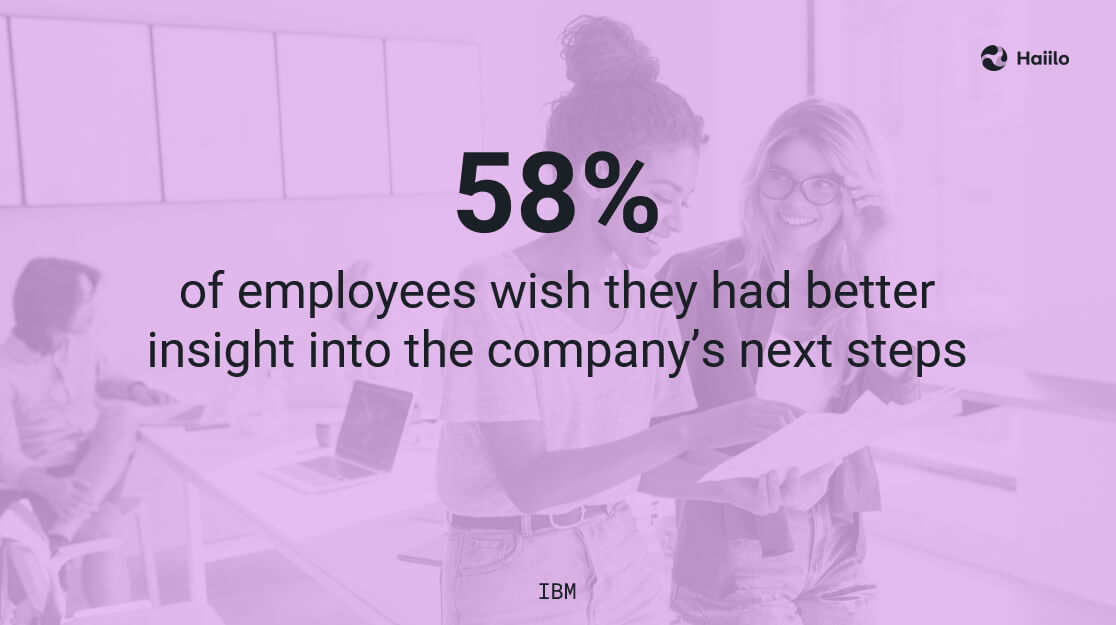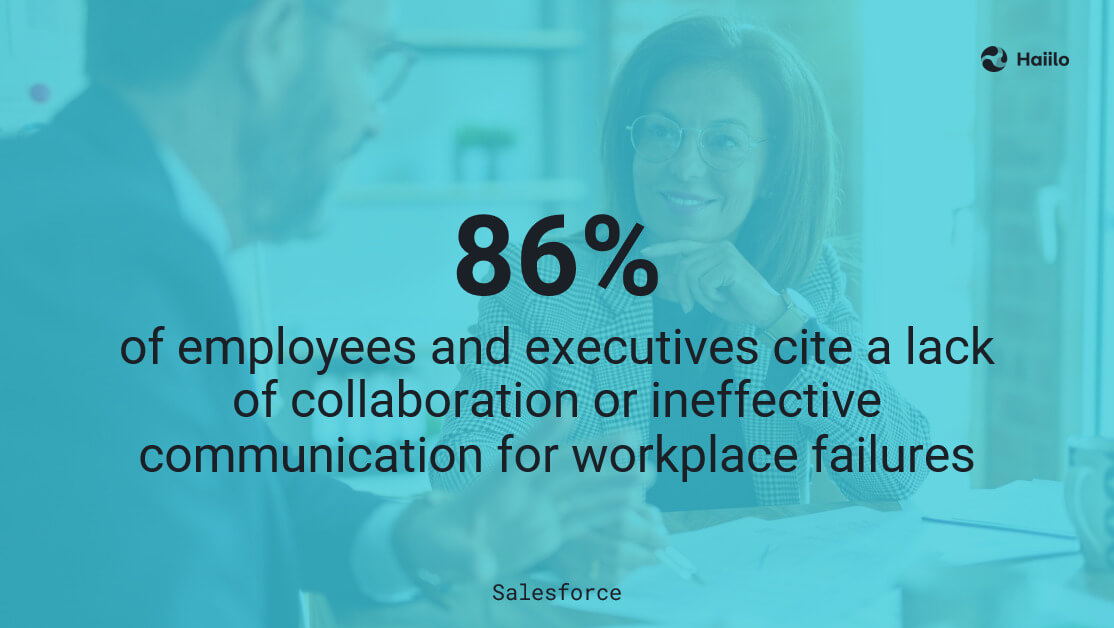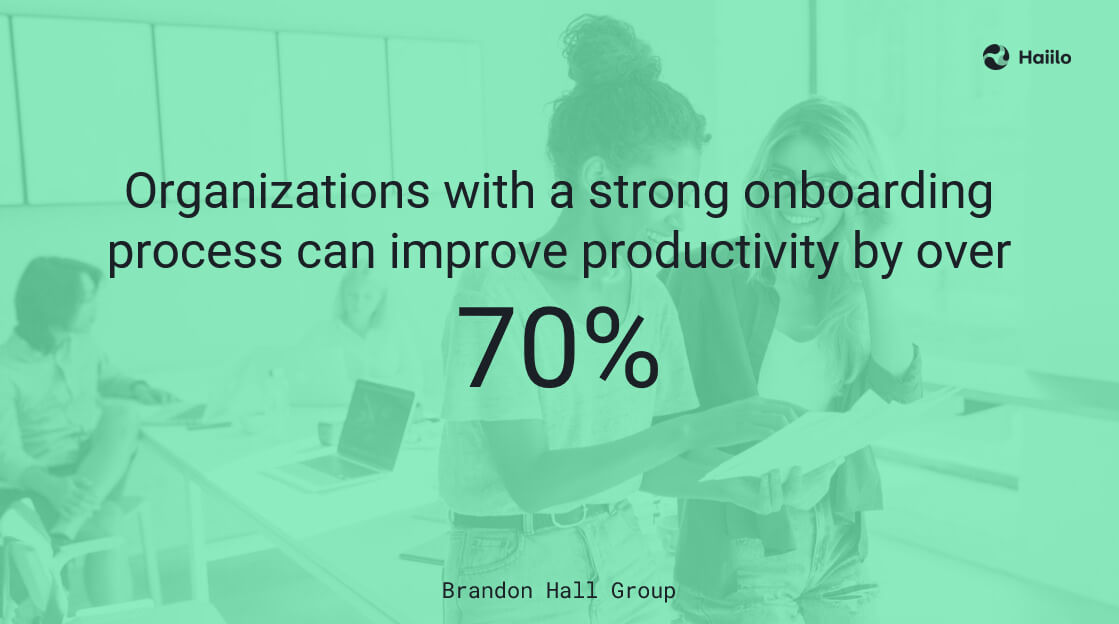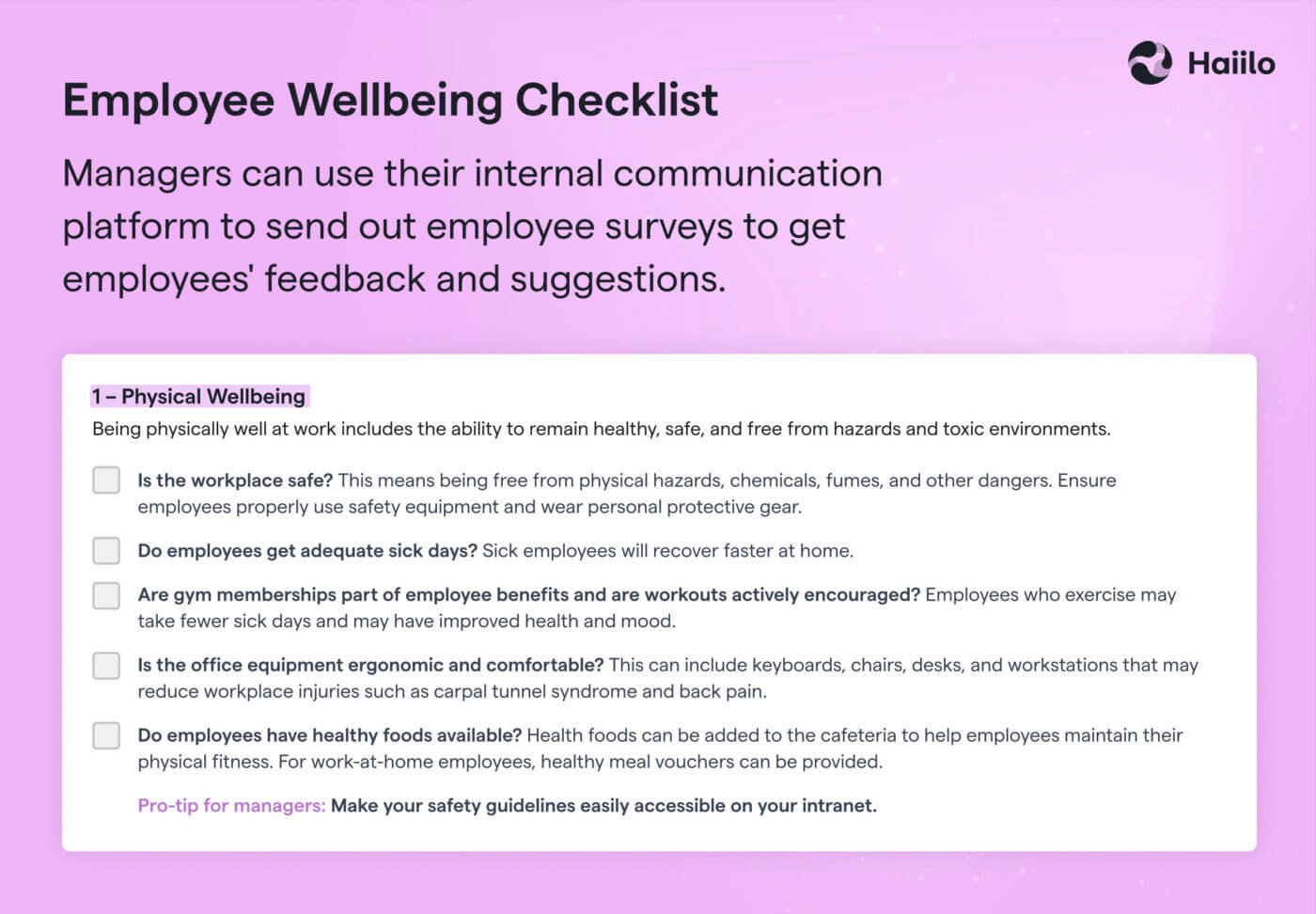How to improve employee productivity? This is an evergreen question every employer is trying to answer. As people are every organization’s most valuable asset, companies must always look for ways to enable their people and make them more successful at what they do.
In the previous few years, we have seen major changes in how companies operate and manage their people. From the great resignation era to record-high engagement levels, remote work has completely disrupted the talent market.
But how can we ensure high employee productivity despite these changes? This blog will cover the ultimate list of best employee productivity practices that work for every organization.
- Improve Transparency and Organizational Alignment
- Set Clear Goals and Expectations
- Focus on Employee Experience to Improve Engagement
- Provide Continuous Feedback
- Implement a Recognition Program
- Enable Your Leaders to Become Better Managers
- Boost Employee Collaboration (without too many meetings)
- Eliminate Information Overload
- Improve Onboarding
- Integrate Your Workplace’s Tech Stack
Improve Transparency and Organizational Alignment
One of the biggest reasons for low workplace performance is a need for more transparency and organizational alignment among and between teams. If your employees don’t know what your company’s core values, mission, and vision are, they can’t work together toward achieving the same goals.
Still, many companies, particularly enterprises, have a lot of room for improvement in this area.
According to research by IBM, 72% of employees do not fully understand their company’s strategy, and 58% of employees wish they had better insight into the company’s next steps.
Furthermore, teamwork statistics specify that 97% of workers and employers believe that the lack of team alignment influences the success of a task or project.

💡 What can you do?
Invest more resources into your internal communications strategy. Consider implementing an internal newsletter or a podcast to communicate your company’s current state and help employees understand where your company is headed.
If you are organizing a webinar or a podcast for your employees, invite your CEO and other leaders to speak, and always allow your employees to join the conversation.
Boost your employees’ productivity with a modern employee communications platform!
Set Clear Goals and Expectations
Setting clear individual goals and objectives is critical for improving your employees’ productivity. Think of it as implementing a standard operating procedure, an action plan for your employees that eliminates guessing and indecision. Once you have defined your company-wide vision and mission, managers need to align them with the individual KPIs.
Unfortunately, one research showed that 95% of employees do not fully understand the company’s goals or what is expected from them to achieve these goals.
💡 What can you do?
Once your employees understand the overall business goals of your company, empower them to define their own KPIs. This is a great way to boost innovation in the workplace and awaken your employees’ creativity.
Even if this process needs multiple iterations at the beginning, your employees will soon be more independent.
Focus on Employee Experience to Improve Engagement
Higher employee engagement usually results in higher employee productivity. But to improve employee engagement, you first need to understand the factors that shape employee experience in the workplace.
While some employees may be mostly driven by salary, others may be more driven by other benefits, career progression opportunities, work flexibility, positive workplace culture, or other factors.
💡 What can you do?
The best way to define what motivates your employees is to ask them directly. Consider implementing a company-wide employee engagement survey before you try to guess how to improve your employees’ working experience.
Provide Continuous Feedback
Employees who regularly receive feedback from their managers are more likely to take initiative at work, are better collaborators and tend to care more about work. Naturally, they have higher productivity levels.
If not daily, feedback should happen every week. Ideally, managers should provide feedback during one-on-one meetings.
💡 What can you do?
Besides ensuring regular top-down feedback, you should also encourage bottom-up feedback. Even though some of your managers may not like it, this is the best way to improve their leadership skills and build better relationships with their teams.
Implement a Recognition Program
Showing appreciation to your workers is one of the best ways to improve their productivity and efficiency at work. However, without a formal recognition program, employees tend to forget to give thanks.
Create a designated internal channel where employees can thank each other. Ensure that the reasons for recognition align with your company’s ultimate business goals. Furthermore, make it as transparent as possible so that everyone understands what kind of actions and behaviors are desired in your company.
💡 What can you do?
Even though many people are motivated by monetary rewards, you can make a non-monetary recognition program meaningful. For example, offer a reward such as a chat with your CEO, a day off, or the ability to donate money to employees’ charities of choice.
Enable Your Leaders to Become Better Managers
Managers have a direct impact on their employees’ productivity. Key findings of recent research indicated that the relationship between managers and employees affects employee performance and productivity. A positive relationship with a manager is closely linked to increased motivation, engagement, and performance.
However, employers are responsible for enabling their leaders to become good managers. Besides providing appropriate training opportunities, they must ensure the right workplace technology.
💡 What can you do?
Managers should easily and at any point measure their team’s pulse and engagement levels. HR departments should work in collaboration with managers to create pulse surveys and distribute them on a monthly or quarterly basis.
Consider the latest, modern technology for employee surveys. Make sure that you choose a mobile-friendly tool to get more responses and that you never have to exclude your frontline employees.
Ideally, the survey results should come in the form of actionable recommendations for improvement so that managers know exactly what they need to work on.
Boost Employee Collaboration (without too many meetings)
Team and cross-functional collaboration are a must for improving employee productivity. Most work today gets done in collaboration across departments. However, collaboration has become harder with the emergence of remote and hybrid work.
According to research, 86% of employees and executives cite a lack of collaboration or ineffective communication for workplace failures.

In order to collaborate and stay productive without sitting in meetings for hours, remote employees need to learn how to work and communicate asynchronously. They should have designated virtual spaces and channels for communication and collaboration.
💡 What can you do?
If you are a remote organization, consider organizing in-person QBRs (Quarterly Business Reviews) for teams that work together. Even though virtual communication may be sufficient to get the work done, it’s always a good idea for teams to meet each other in person.
Eliminate Information Overload
Information overload is one of the biggest productivity killers in the workplace. Too many companies are still unaware of this challenge and tend to serve every piece of information to every employee.
Instead, information should be more personalized based on employees’ job functions, languages, locations, interests, time zones, and other criteria. Like we expect from our favorite social media platforms.
One research proved that 76% employees felt that information overload contributes to their daily stress. Another 35% said this overload is having a detrimental effect on their work performance, with 30% revealing it is affecting their overall job satisfaction
💡 What can you do?
If you are struggling to make your company’s content more relevant and engaging, consider implementing a social intranet. These social-media-like solutions are designed to improve internal readership and boost employee engagement in the workplace.
They serve as a digital home and a comprehensive content hub for every employee, making it easy for them to find critical information in seconds.
Improve Onboarding
Employee onboarding is the very first touchpoint in your employees’ career journey within your organization. And it can make or break your employees’ success.
Research by Brandon Hall Group found that organizations with a strong onboarding process improve new hire retention by 82% and productivity by over 70%.

So structured employee onboarding processes are critical for enabling your new workers to become more productive in the future. You can create training videos, onboarding guides, designated onboarding channels, and similar resources to help your employees get started.
💡 What can you do?
If you are a remote company, consider organizing random one-on-one calls with new employees. Match them with workers with more tenure and help them break the ice. This is a great way for newcomers to start building relationships with peers, which usually leads to higher employee retention rates.
Integrate Your Workplace’s Tech Stack
According to research, US employees change through an average of 13 apps 30 times per day, according to Asana’s Anatomy of Work Index 2021 report. More than one-quarter of workers surveyed in the report said that switching between work apps makes them miss actions and messages. And 26% of employees said app overload makes them less efficient at work.
So having integrated workplace technology is important for improving employee productivity.
Well-integrated communication and collaboration technology also reduces information overload.
According to research,
“one factor driving information overload is just how many sources exist, with 26% of US workers reporting using eleven or more accounts, resources, tools, and applications each day. From emails, company drives, shared drives, and collaboration platforms, to social media and news feeds, many are feeling overwhelmed by how much information exists and how often they are expected to check these sources”
💡 What can you do?
When choosing communication and collaboration tools for your organization, make sure that they “talk” well with each other. For example, your software for internal communications should enable you to distribute content to various communication channels your company uses. Furthermore, it should be integrated with other technology your employees use on a daily basis (such as Google Workspace and Microsoft 365).
If you are looking for a powerful employee communication solution that integrates with other communication and collaboration apps in your organization, schedule a Haiilo demo today and watch your employees’productivity skyrocket!










